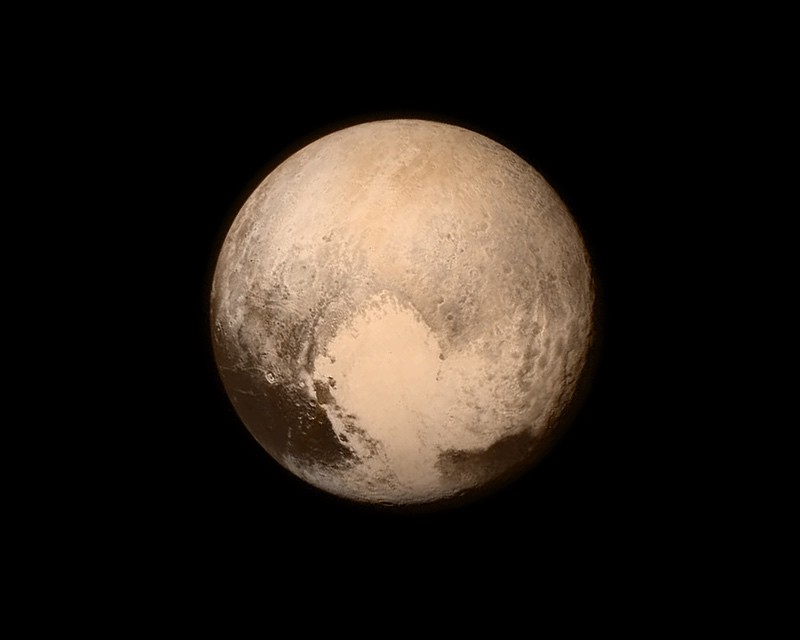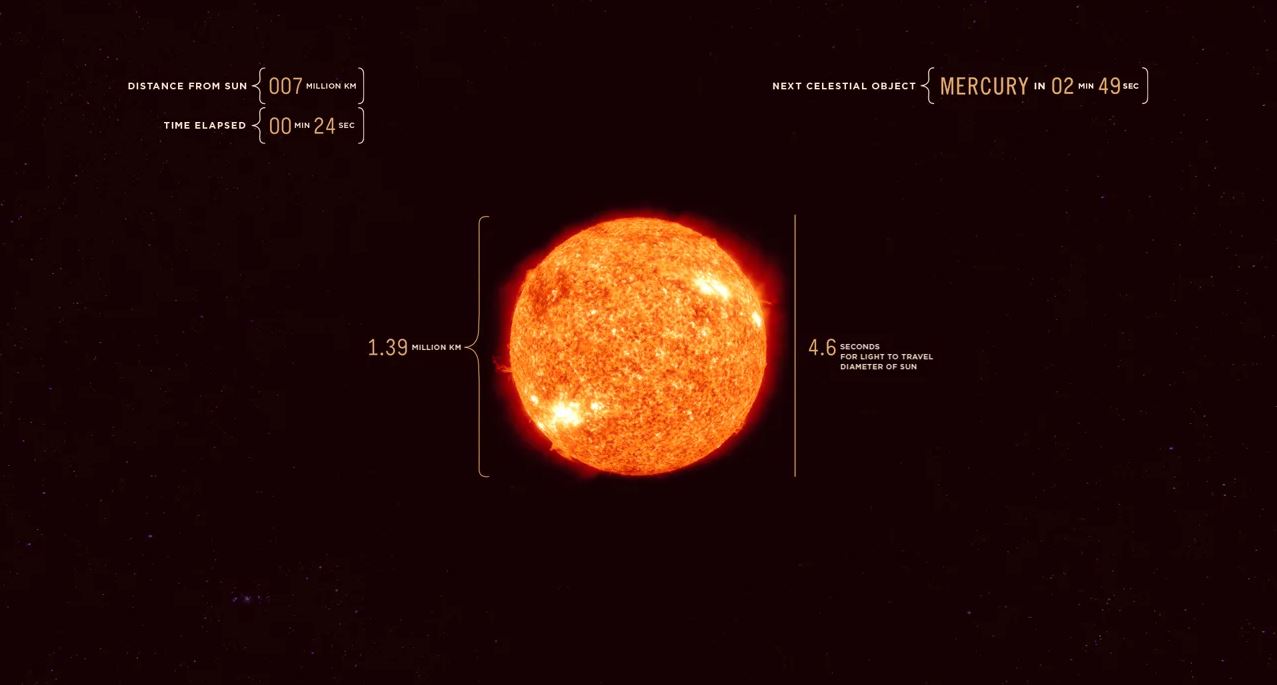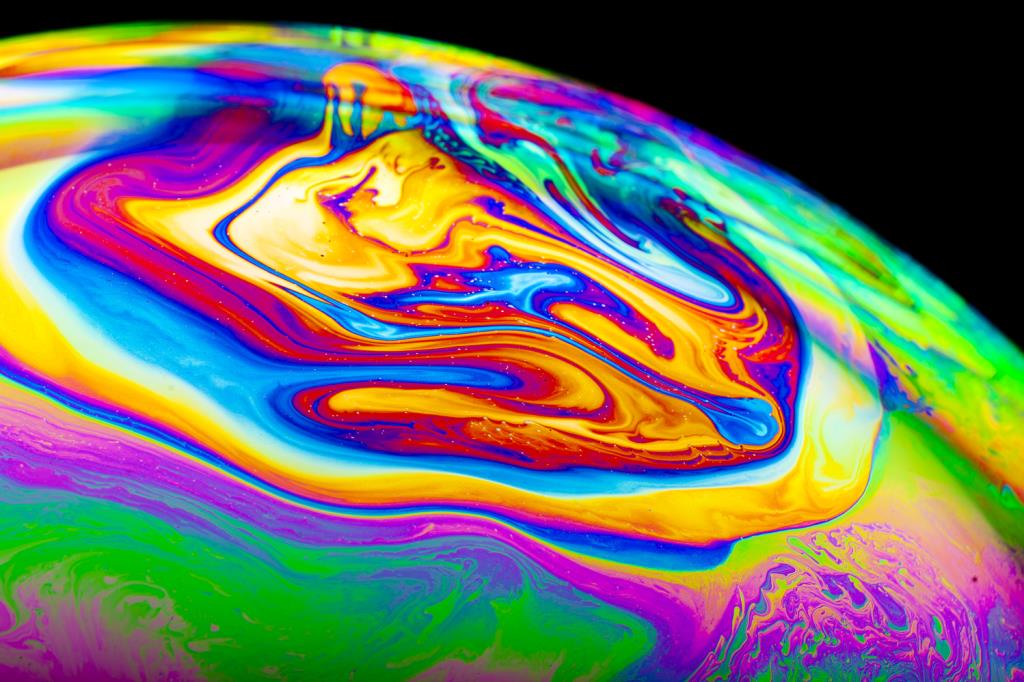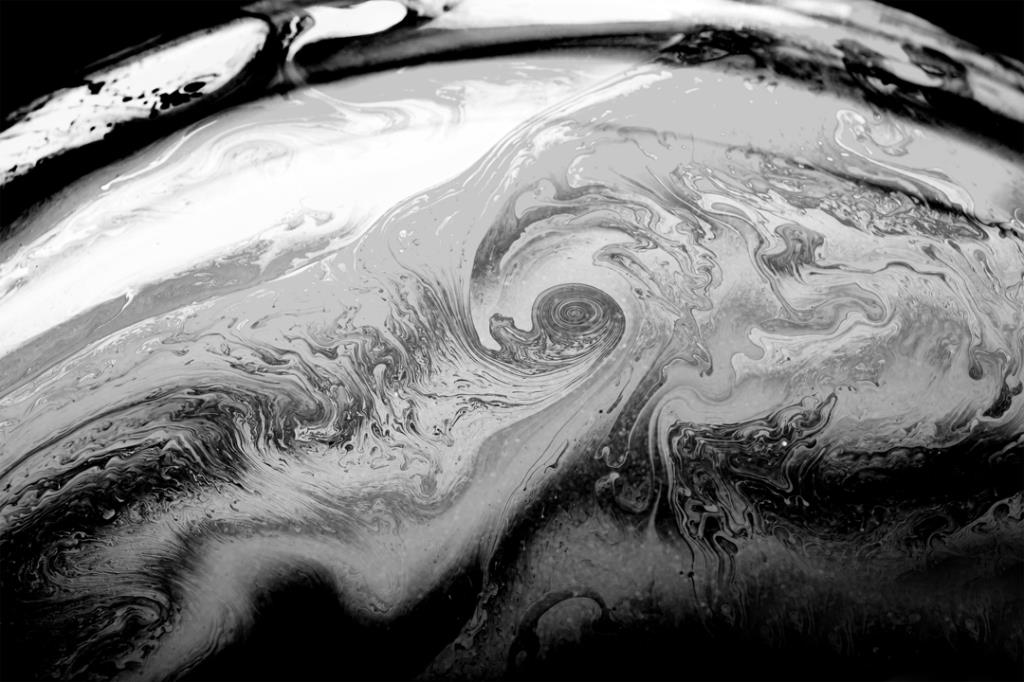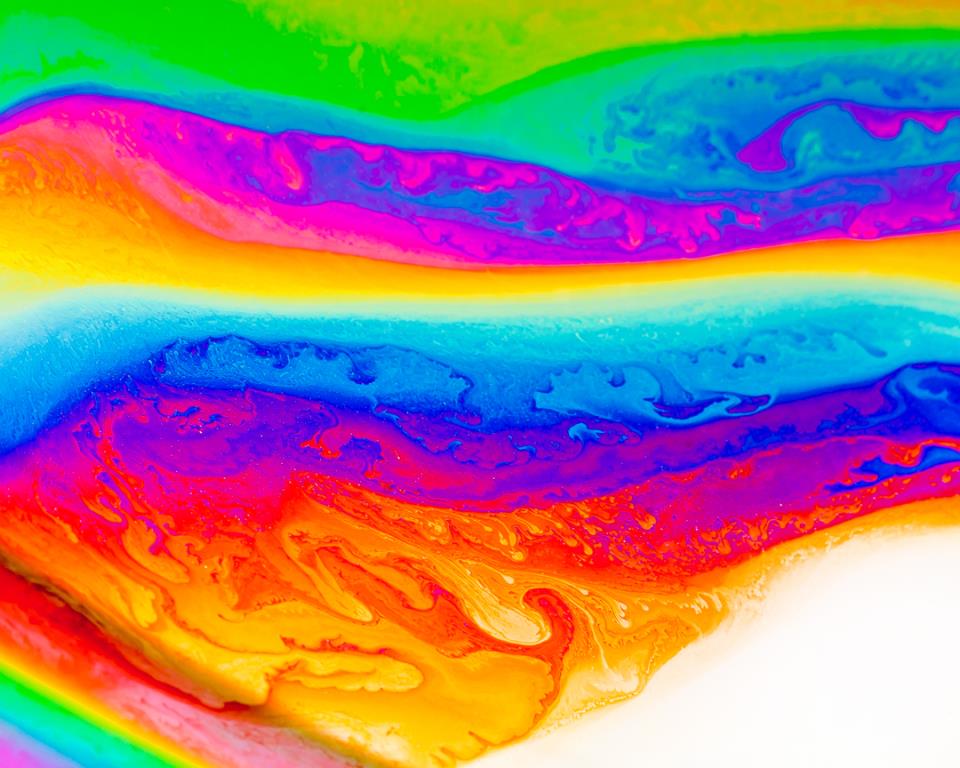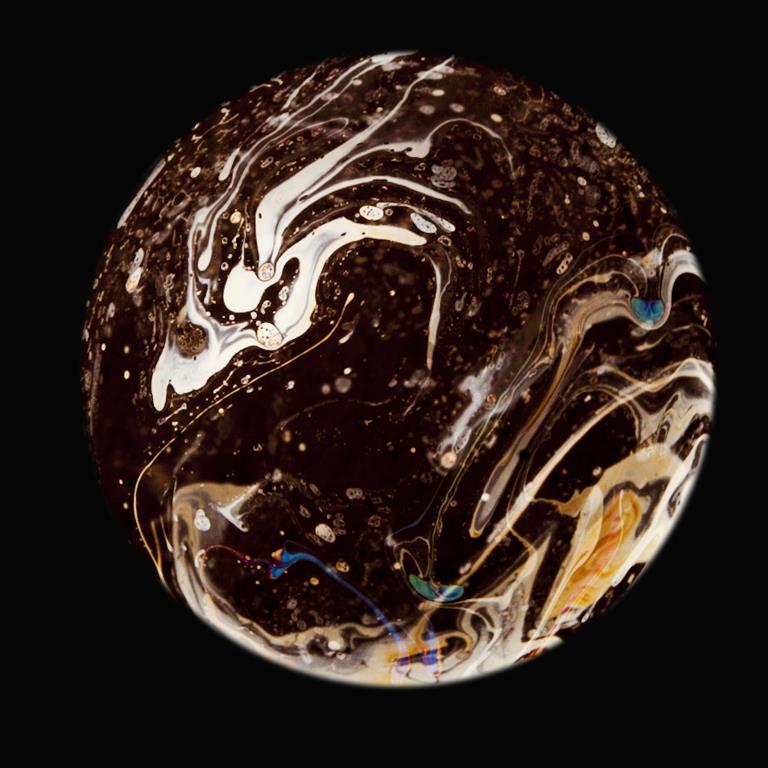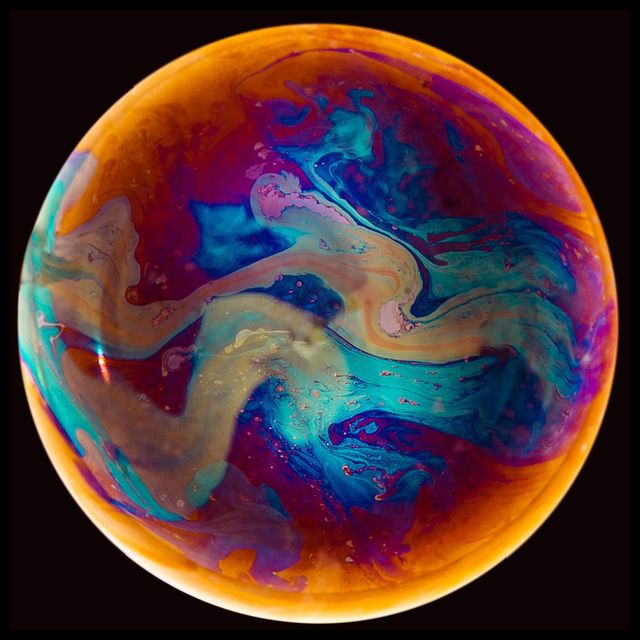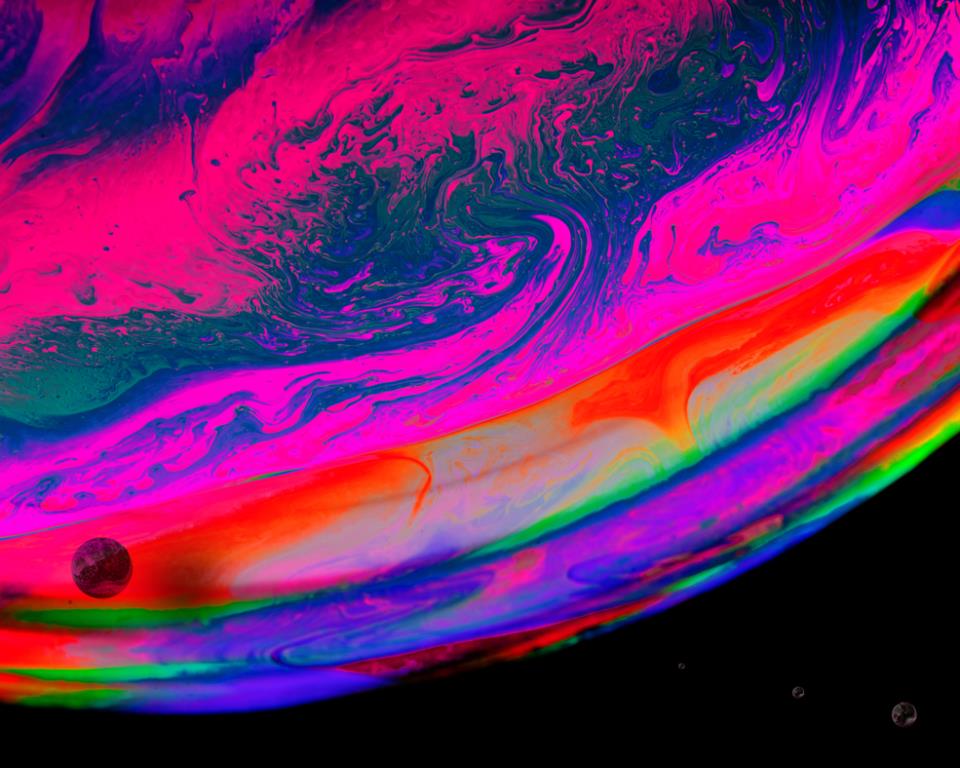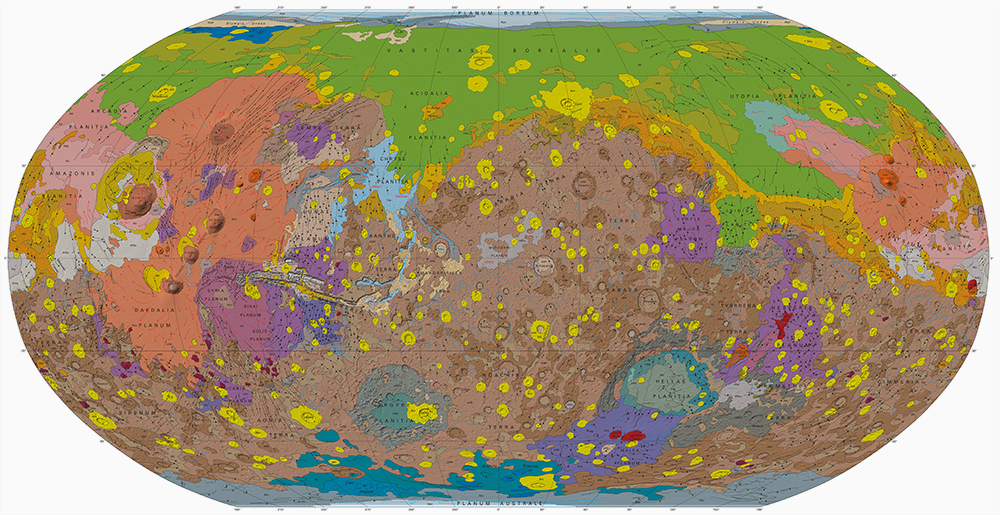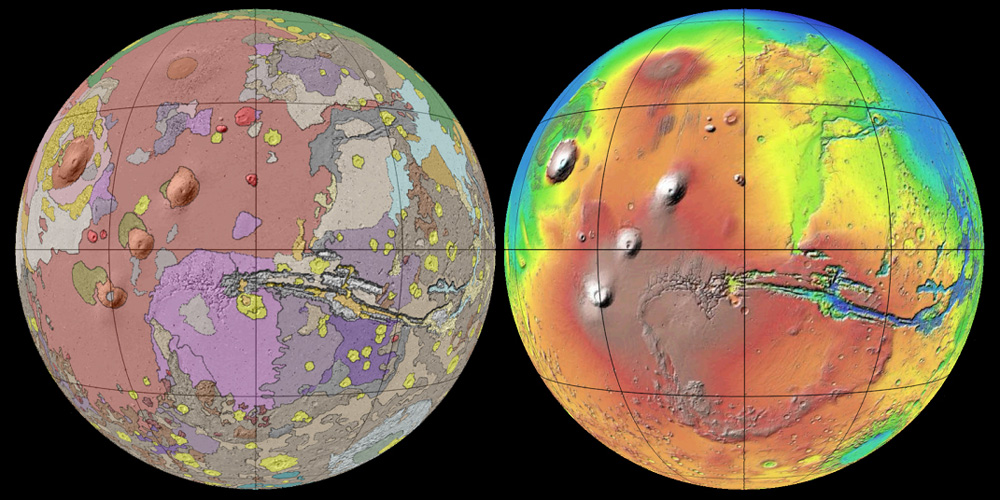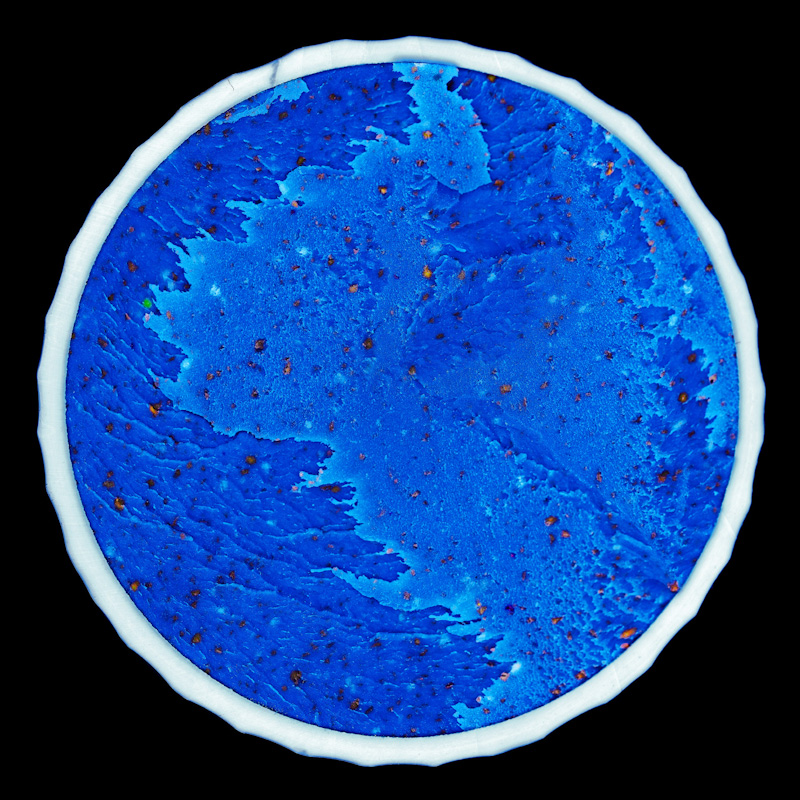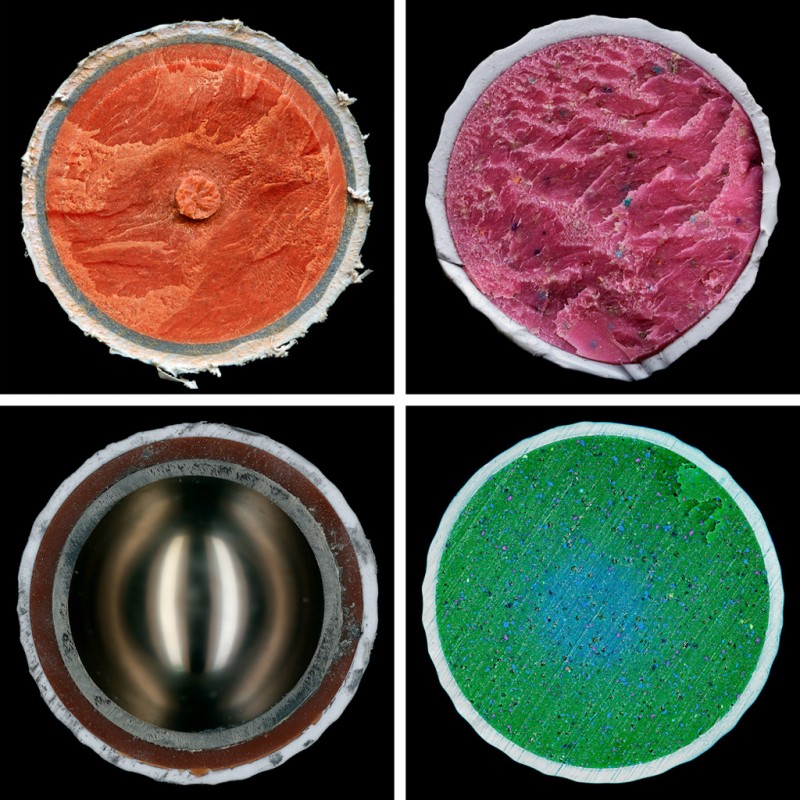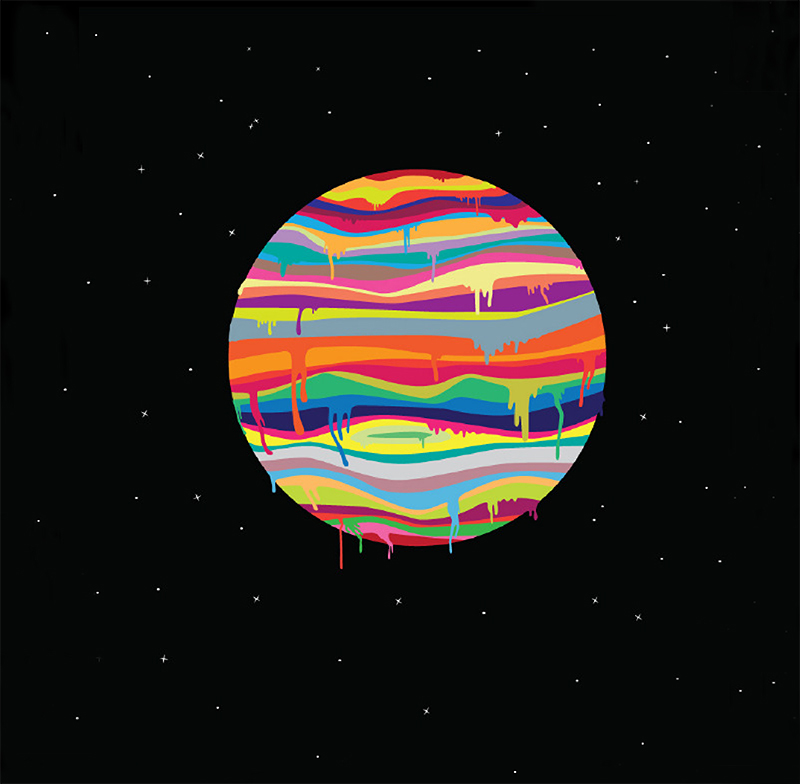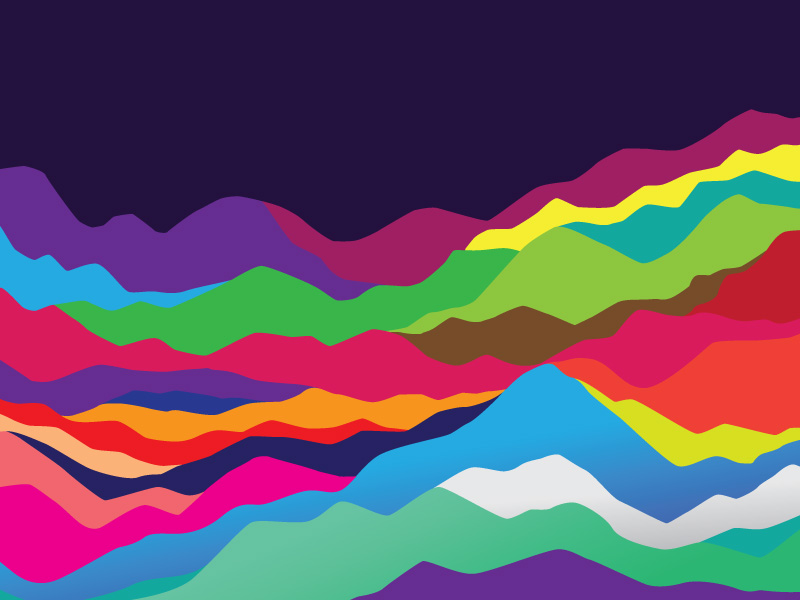On January 16, 2006, the New Horizons space probe left Earth on a voyage to Pluto. 9 years, 5 months, and 29 days later, the spacecraft has successfully made it 3+ billion miles to the distant “planet.” The image above was shared via NASA’s Instagram page and represents the first look at the planet up close and personal.
via Phil Plait:
“The color is real! The reddish hue is due to tholins, organic (carbon-based) molecules crated when methane, abundant on Pluto, is hit by ultraviolet light from the Sun. This breaks apart the simple molecule and allows it to reform into more complex molecules.”
The folks at NPR’s Skunkbear put together this short tribute video to honor the journey:
And here’s a quick 1 minute informational video to catch you up on the key statistics of the mission:
Look forward to many more detailed images in the days to come.
-RSB

